2.1 Meine Familie

Guten Tag!
Let’s warm up with our Tagesminiplausch und Wiederholung.
Wiederholung
Today, we will begin with a review of colors.
Now, we will review the variety of questions, statements, and responses you have learned so far.
<
Jetzt bist du dran!
Imagine you are on a train in Österreich (Austria), traveling from Vienna to Innsbruck, and you begin talking to the Austrian seated next to you. In your written journal, write out a dialogue in which you greet one another and ask one another some of the questions you have learned so far (e.g. Wie heißt du? Wie alt bist du?). Meet with a classmate and record your dialogue in your audio journal.
While we’re at it, let’s review the numbers.
Die Zahlen (null bis zwanzig)
| 0 | null | ||||||
| 1 | eins | 6 | sechs | 11 | elf | 16 | sechzehn |
| 2 | zwei | 7 | sieben | 12 | zwölf | 17 | siebzehn |
| 3 | drei | 8 | acht | 13 | dreizehn | 18 | achtzehn |
| 4 | vier | 9 | neun | 14 | vierzehn | 19 | neunzehn |
| 5 | fünf | 10 | zehn | 15 | fünfzehn | 20 | zwanzig |
Lektionsüberblick
In this lesson, we will talk about family. In the end, you will be able to 1) say how big your family is, 2) list the members of your nuclear family, and 3) list which family members you do not have.
1) Say how big your family is
Look at Sofia’s introduction below. Then, answer the questions in the question set below.
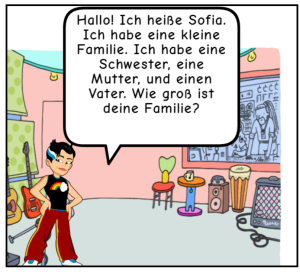 |
Now, listen to Adan describe his family. Can you tell if his family is groß (big), klein (small), or maybe somewhere in the middle (mittelgroß)? Follow along with the transcript if you’d like.
Adan says his family is “nicht so groß.” Another way to say that is, Adans Familie ist mittelgroß or perhaps even klein. Now look at the images and descriptions below.
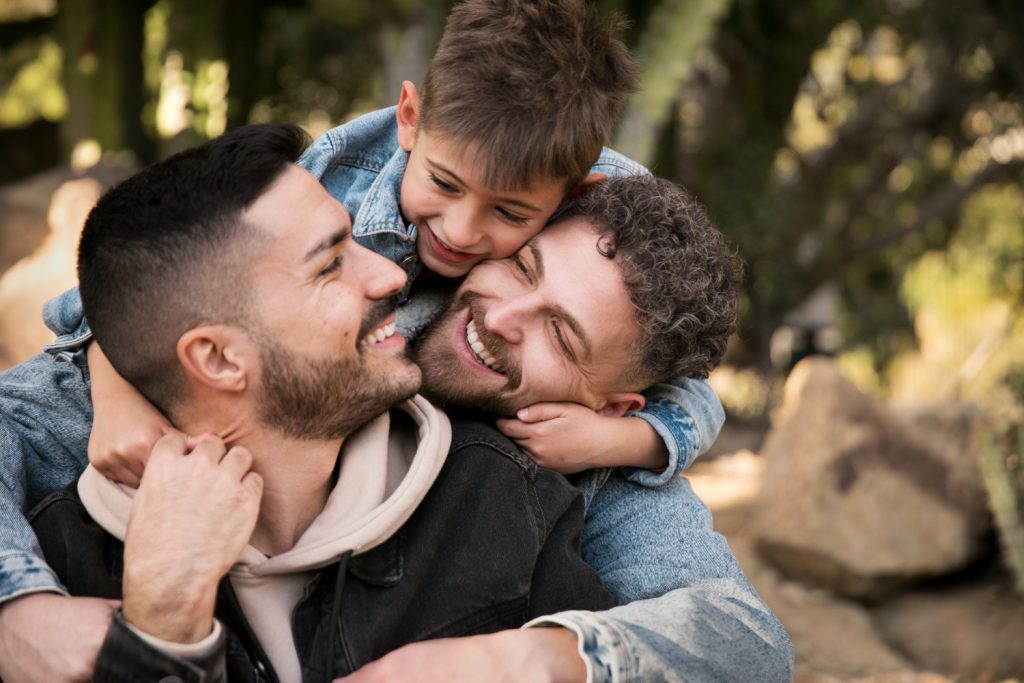
|
 |
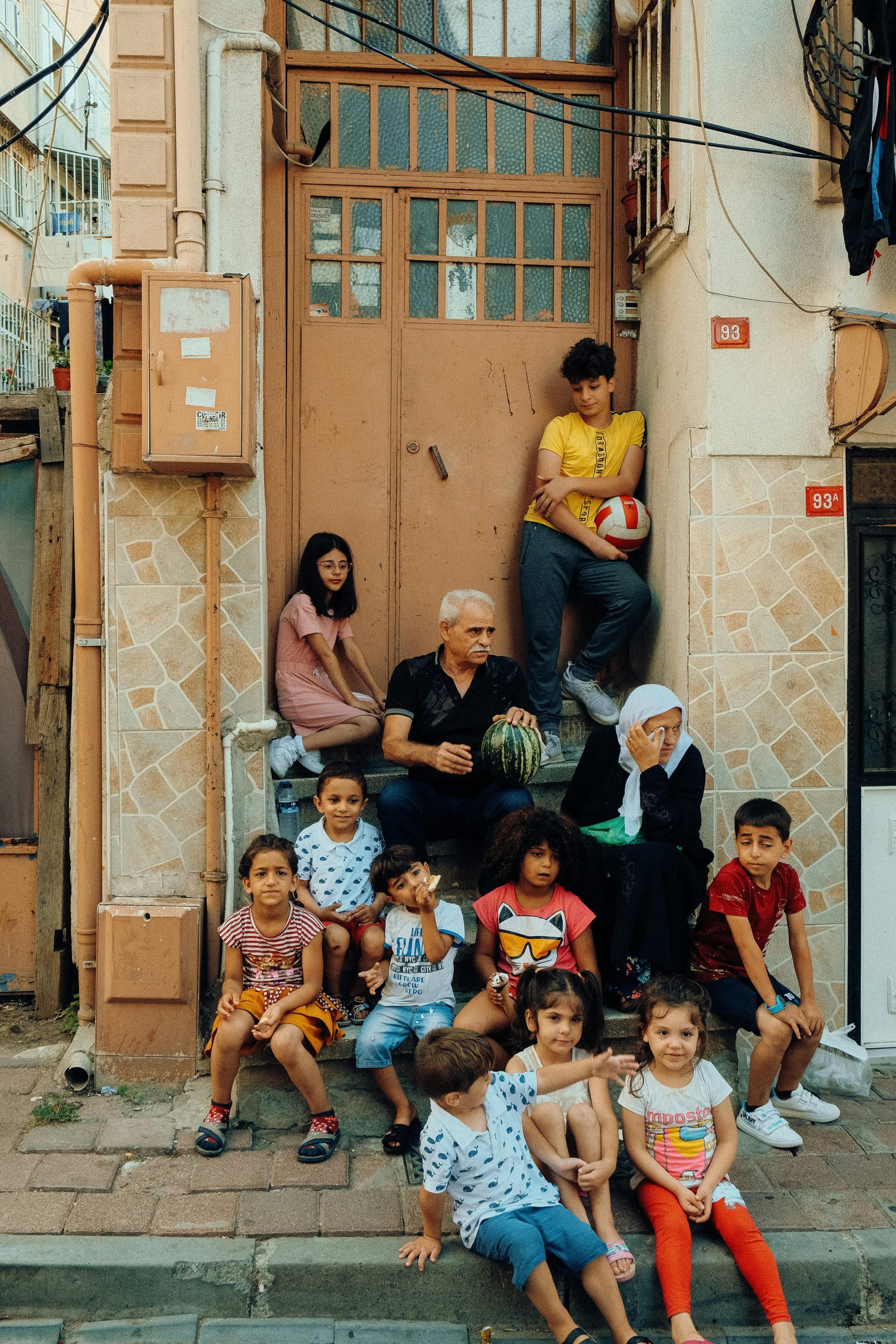 |
| Eine kleine Familie | Eine mittelgroße Familie | Eine große Familie |
Jetzt bist du dran!
2) Say which people belong to your nuclear family
Read Luis’ introduction and answer the questions that follow.
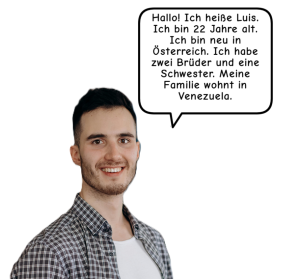 |
|
Now, listen and read about Noah and answer the questions that follow.
 |
Guten Tag, ich heiße Noah und komme aus Linz. Ich bin 30 Jahre alt. Meine Familie ist sehr groß. Ich habe eine Mutter und einen Vater und drei Geschwister, einen Bruder und zwei Schwestern. Meine Mutter heißt Anna. Mein Vater heißt Leo. | |
Who is in your nuclear family? Do you have siblings (Geschwister)? Do you have a brother (einen Bruder)? Do you have a sister (eine Schwester)? Look at the example sentences below. What do you notice?
| Ich habe eine große/kleine Schwester. | Ich habe 2 große/kleine Schwestern. |
| Ich habe einen großen/kleinen Bruder. | Ich habe 2 große/kleine Brüder. |
Let’s practice!
Kleiner Hinweis
| MASCULINE | der Mann | FEMININE | die Frau |
| der Bruder | die Schwester |
| MASCULINE | der Name | FEMININE | die Familie |
| der Hund | die Katze |
Kleiner Hinweis
Not all families look the same and many nuclear families look very different from traditional representations. Not only that, not everyone has family they enjoy talking about. Since this course is about preparing you to have actual conversations with German speakers, practice only talking about the parts of your family you want to talk about.
Here are some additional family words you may need to accurately describe your family:
| die Stiefmutter | stepmother | der Stiefvater | stepfather |
| die Stiefschwester | stepsister | der Stiefbruder | stepbrother |
| die Halbschwester | half-sister | der Halbbruder | half-brother |
| die Zwillingsschwester | twin sister | der Zwillingsbruder | twin brother |
| ein Einzelkind | an only child | adoptiert | adopted |
If you refer to your step- and half-siblings in English without the quantifiers (step-/half-), you can do the same in German!
Don’t see words you need to describe your family? Ask your instructor!
Jetzt bist du dran!
3) Keine Familienmitglieder
But how would you say that you do not have a brother, sister, mother, or father? German uses a word in front of the noun to indicate that. To learn the word, answer the questions below (be sure to click through to the second question).
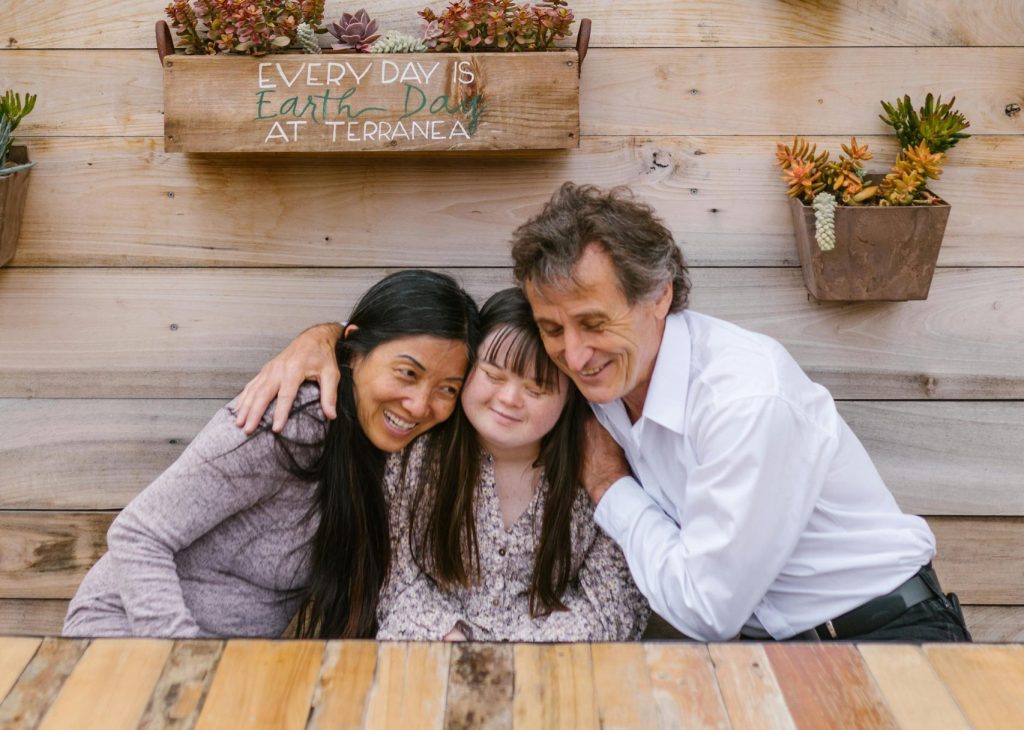
Zum Schluß

Österreich im Blickpunkt
Graz ist die zweitgrößte Stadt Österreichs mit 300.000 Einwohnern. Der Astronom Johannes Kepler war von 1594-1600 als Lehrer für Mathematik in Graz tätig. Es gibt deswegen u.a. eine Kepler-Straße, eine Kepler-Brücke, ein Kapler-Haus in Graz. Interessanterweise wurde Kepler als Graz vertrieben, weil er Protestant war.
Graz is the second largest city in Austria with a population of 300,000. The astronomer Johannes Kepler worked in Graz as a teacher for math from 1594-1600. There are, among other things, a street, a bridge, and a house named after him. Interestingly, he was exiled from Graz, because he was a protestant.
**As you conclude this lesson, don’t forget to check Canvas!**
Before you go, check out these extra Familie resources.
- Verb Ninja: Speaking Practice (Chrome only)
- German Zone: Reading Practice

Media Attributions
- Johannes image, text, and audio adapted from Grenzenlos Deutsch, licensed under a CC BY-NC-SA International License.
- Kleiner Hinweis on grammatical gender adapted from Willkommen: Deutsch für alle Copyright © 2020 by Claudia Kost and Crystal Sawatzky, licensed under a CC BY-NC-SA International License.
Media Attributions
- Private: 1010-at-banner-large
- Sofia comic made at www.MakeBeliefsComix.com
- Photo of dad with son by Image by freepik
- Photo of Luis by Pexels.com
- Image of Noah by pikisuperstar on Freepic
- Photo of family at table by pexels-rdne-7403372

